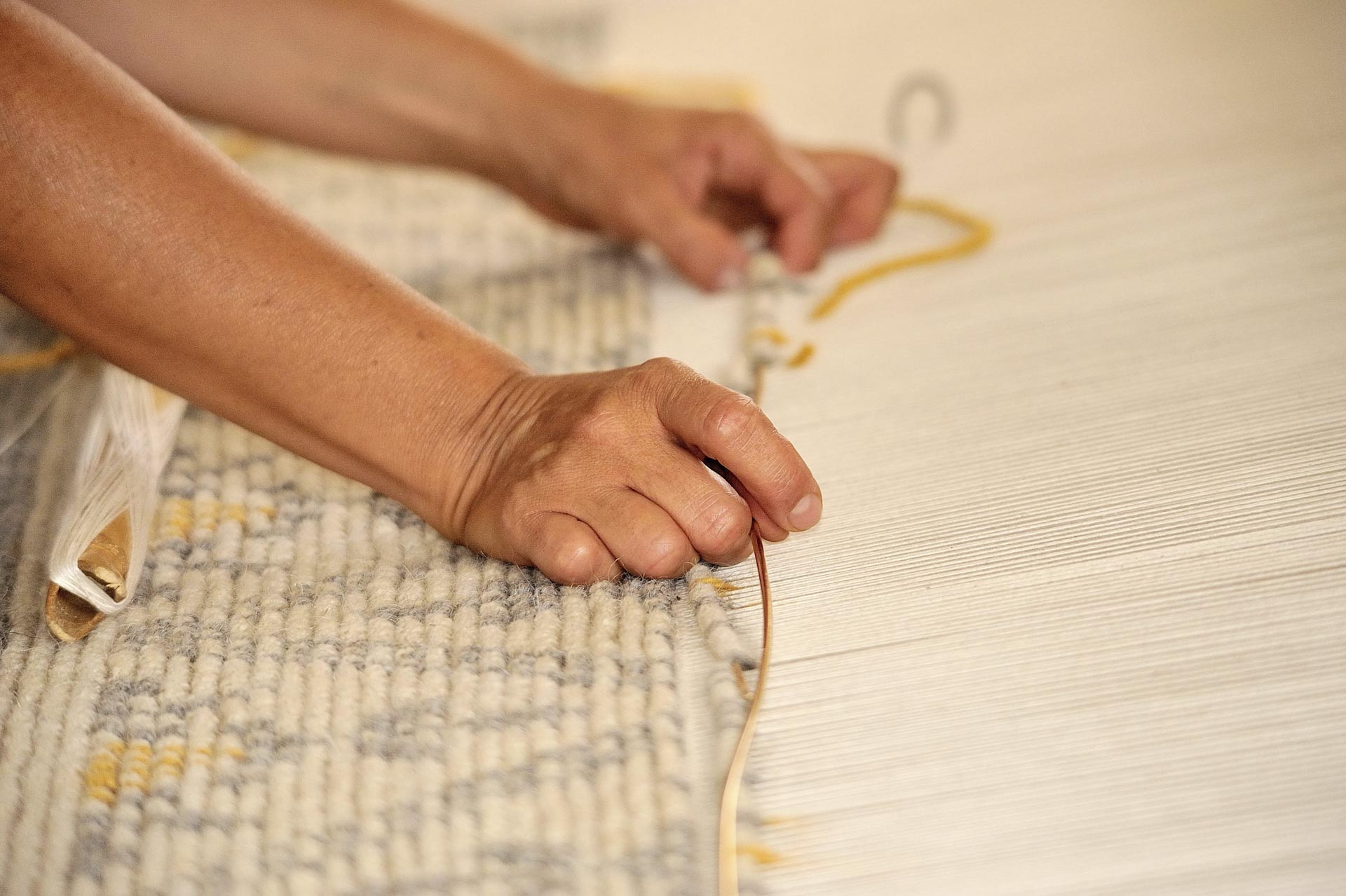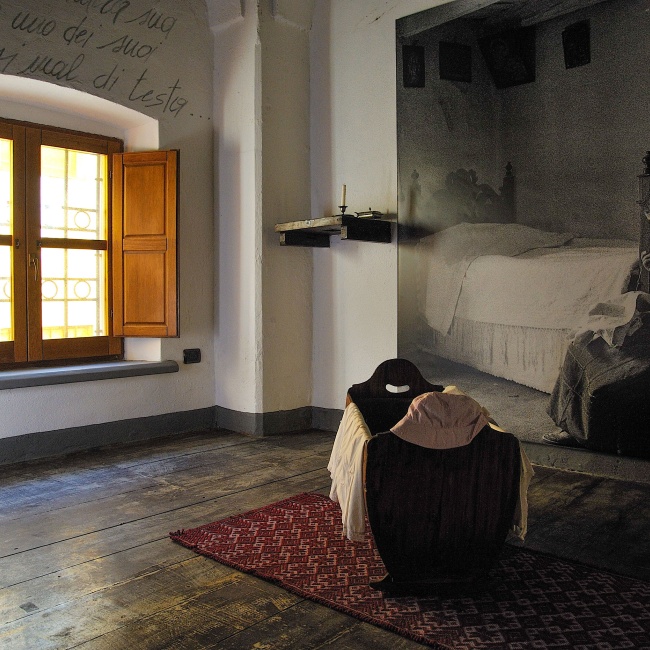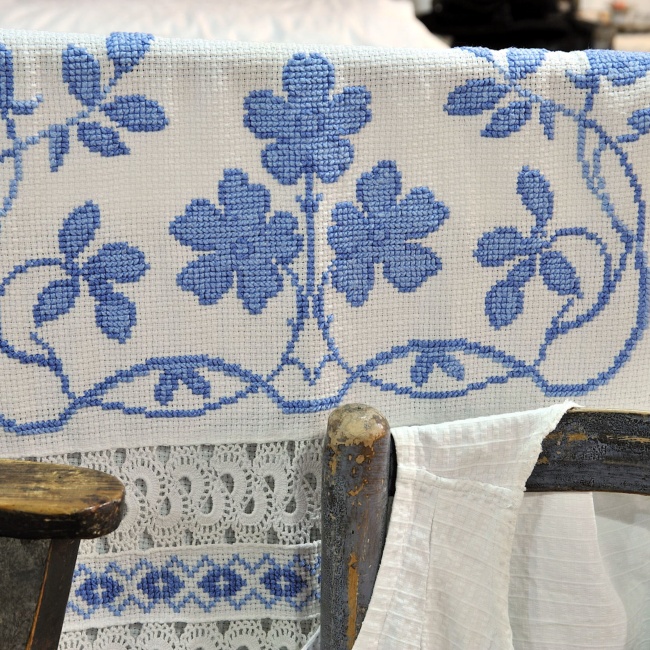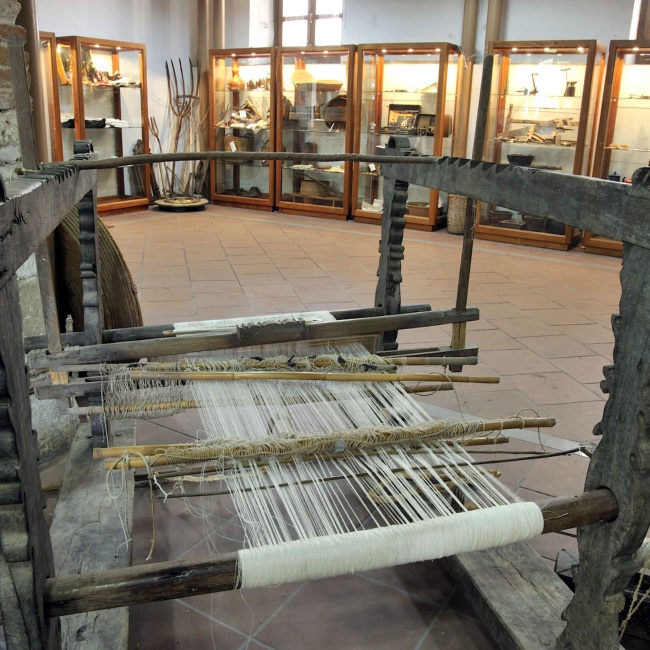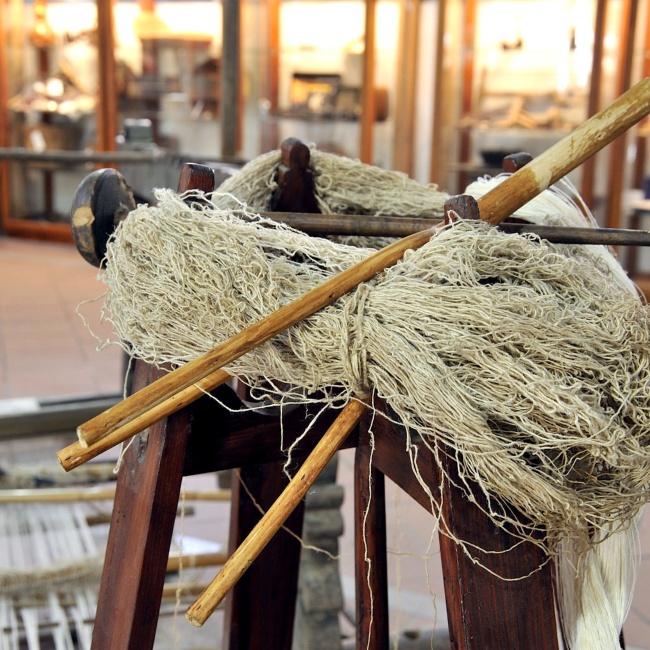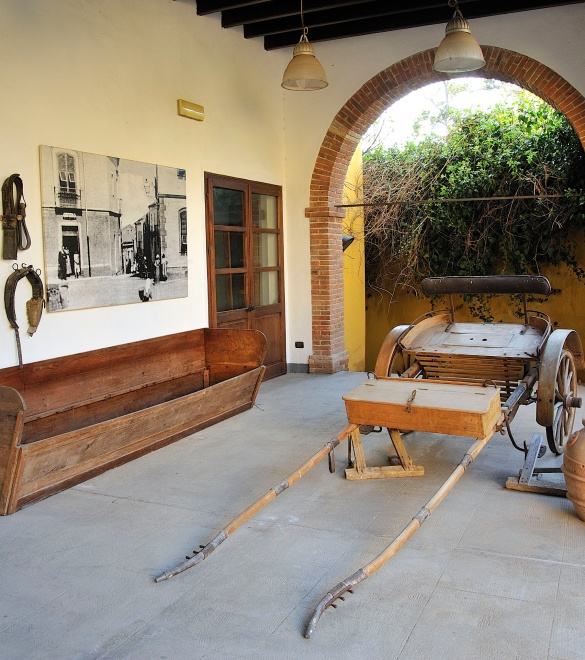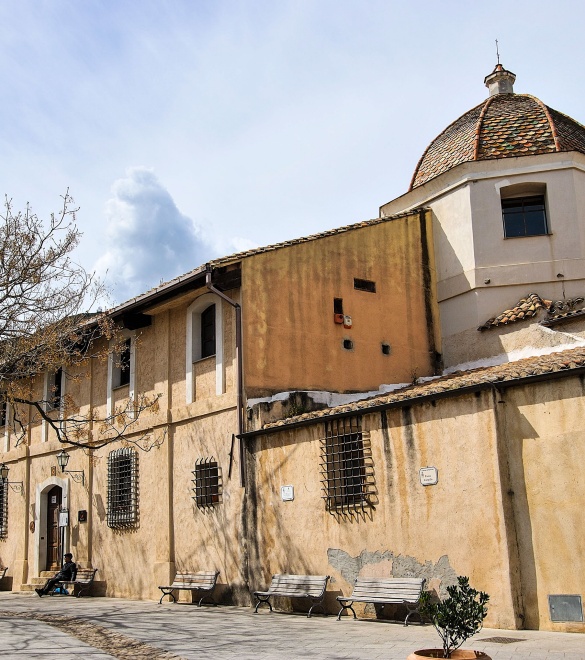Itinerary detail
Strands of memory…strands of history
The art of weaving is among the most widespread of the entire island, so much so that it could be considered one of the most distinctive traits of the Sardinian identity.
Abundant sheep breeding and the cultivation of linen, added to the skilled hands and creativity of the women, produced the essential prime materials for weaving. At one time, every woman in Villacidro, created her own wedding trousseau by weaving tablecloths, blankets, sheets, covers for the treasure chest, towels, rugs, haversacks...
The girls learned the art of weaving at the most tender age and the economy of every town was measured by the number of operative looms that could be seen: each loom was accompanied by the skilful hands of the ladies who worked on their precious dowries with patience and proficiency.
The rhythmic, repetitive sound of the loom marked the hours of the day, filling households with life. The small ethnographic collection supervised by the Local Tourist Office and kept in the rooms of the Montegranatico, hosts a rare example of loom and various examples of handcrafted works in bright colours with elegant and delicate patterns that tell a long story. As long as the taxing work involved in the production of wool that was divided into several phases: it was put into copper pots first to be washed, and then it was set out in the sun to dry. Once it was dried, then wooden combs were brought out for the carding. The wads obtained were then gathered onto the spinning wheel, the fibres drawn out and gathered in skeins. This traditional method of making wool is practically obsolete today.
There are still some people in Villacidro who practice this ancient art and produce objects of great value with these traditional techniques. This is a singular way to hold the strands of time and memory together through the secrets of weaving and the art of dyeing. Once again, the irreplaceable source of all is Nature itself: herbs, roots, trees all provide the prime, essential materials from which the most diverse and singular colours are obtained.
A traditional repertoire is brought into being through the craftsman’s creativity which includes tapestries, “fanugas” or “burras”, large bedspreads as well as tablecloths, napkins, towels, covers for treasure chests and the classic rugs featuring typical colours and patterns. There is also a more modern assortment created that feature original handbags, woollen jewellery and accessories that are brightly and intensely coloured.
Route type:
Handicraft workshop
Travel time:
half day or full day
Geographic map
To be seen
Cadoni Mill
The imposing structure of the Cadoni Mill stands adjacent to the Washhouse, and had maintained its ancient function all the way up to the Post World War II years as a more modern mill where wheat was brought to be ground.
Montegranatico and Archaeological Museum
The ancient “monte del grano”, has hosted the “Villa Leni Civic Archaeological Museum” since 2003. This expositional area displays many original finds arriving from the area’s most important archaeological sites.
